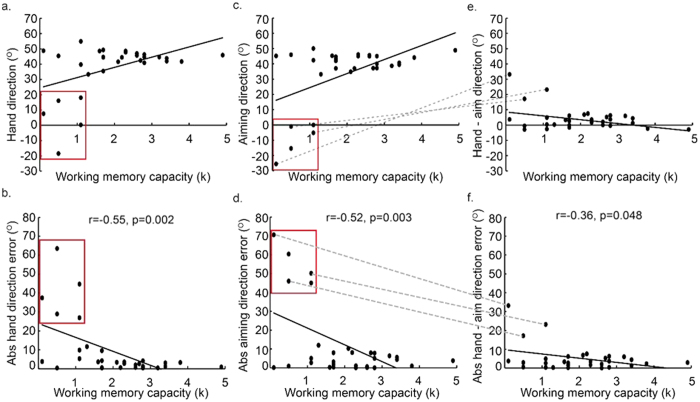Figure 3. Experiment 1: explicit and implicit visuomotor adaptation.
(a,b) The significant correlation between WMC and hand direction (a) and between WMC and absolute hand direction error (b) during adaptation to an abrupt 45° visuomotor rotation. (c,d) The significant correlation between WMC and aiming direction, our measure of explicit adaptation derived from the verbal report task (c), and between absolute aiming direction error and WMC (d). (e,f) The significant correlation between WMC and hand direction minus aim direction (e), our measure of implicit adaptation, and between WMC and absolute values of hand direction minus aim direction (f). For illustration we show the angle that resulted from subtracting the angle of movement from the target angle (a,c,e), but for the statistical analyses we use absolute values representing the angle by which the implicit adaptation differed from 45° (b,d) or 0° (f). Using the absolute values as opposed to the raw values for the angles did not affect the results; the same correlations were statistically significant, irrespective of the measure of adaptation. The red rectangles show the data-points from the five participants who did not show any explicit adaptation in the direction of the target, and who drove the correlation. The dashed grey lines show that three of the participants who did not show any explicit adaptation in the direction of the target also showed high implicit adaptation.

